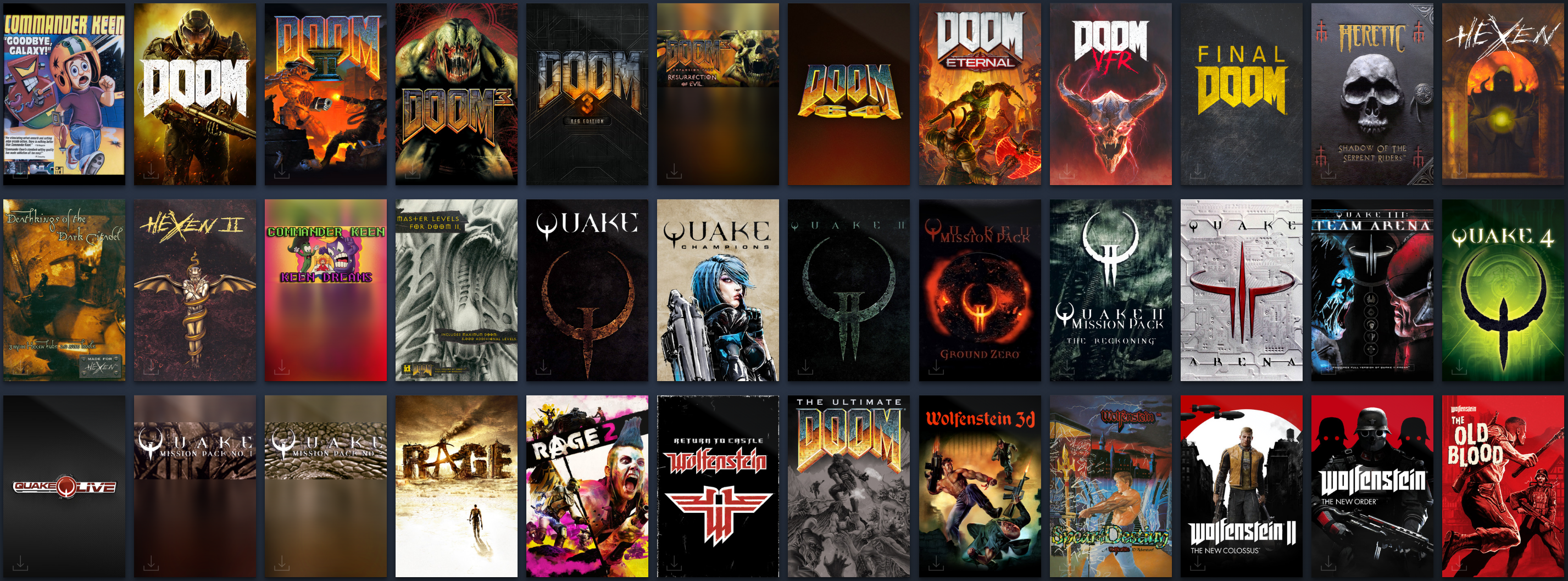id is a name most gamers should have seen or heard of at some point in their life. Arguably the single most influential developer that has had the largest historical impact on the gaming industry and gamers themselves.
Beginning their relationship in 1989 as employees of Softdisk, a subscription-based company that offered new Apple software and games to customers on a regular basis. John Carmack, John Romero, Tom Hall and Adrian Carmack worked for Gamer’s Edge, the PC focused division of Softdisk, developing computer games for monthly subscribers. Under Softdisk the two John’s, Tom and Adrian developed titles from series such as Dangerous Dave, Commander Keen, Shadow Knights, Rescue Rover, Hovertank and Catabomb before leaving the company in 1991 to form id Software, eventually employing more talent such as Sandy Petersen and American McGee.
id Software has existed in one form or another since then up to the present day, releasing titles from series such as Wolfenstein, DOOM, Quake, Orcs & Elves, RAGE and publishing titles in the Heretic and Hexen series.
As innovators of the freeware movement, pioneers of truly 3D virtual worlds, inventors of online deathmatch and quite possibly the first real-life video game celebrities. Games such as Half-Life, Call of Duty, Prey, Medal of Honor, SiN and Soldier of Fortune wouldn’t exist without the engines built from the ground up by id Software founder John Carmack.
Dangerous Dave
Originally developed by John Romero back in 1988 for the Apple II and later for DOS in 1990, Dangerous Dave was a colourful platformer heavily influenced by Nintendo’s console sensation that was Mario Bros. – there’s even an unreleased version named Dangerous Dave in Copyright Infringement that was made internally by other members of the Gamer’s Edge team, which put Dangerous Dave in a fully converted Mario Bros. 3 world. Developed originally to surprise John Romero and show off the new technology John Carmack has been working on, they eventually agreed to show the version to Nintendo, in a hope that they would license the Mario trademark to them to develop a PC version, they were however turned down.
This version eventually led to what would become Commander Keen. Dangerous Dave remained special to Romero and other members of the team, leading to various remakes and mobile ports and a sequel Dangerous Dave in the Haunted Mansion in 1991, followed by the externally developed 1993 Dangerous Dave's Risky Rescue and 1995 Dangerous Dave Goes Nutz sequels.
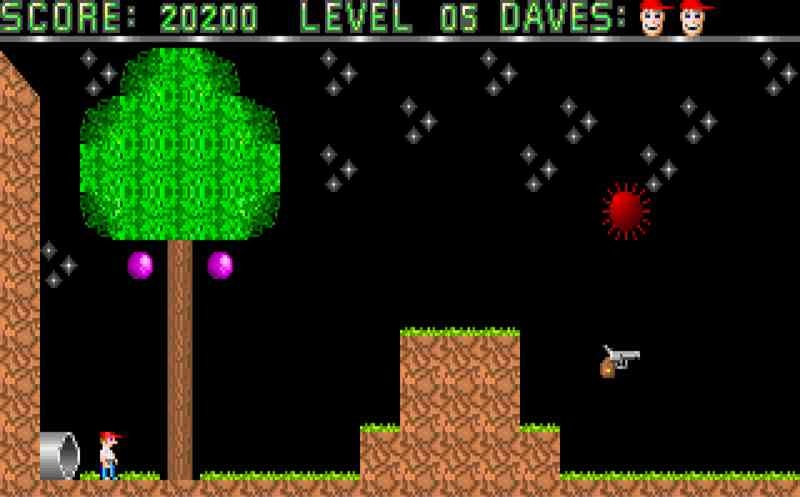
Commander Keen
Following the negative response from Nintendo regarding porting the Mario Bros. games to PC with John Carmack’s new engine technology, the team decided not to waste the efforts and instead create their own IP with their new engine, resulting in Commander Keen – a colourful 2D platforming game that they planned to give away as freeware, with the option to purchase further episodes for a cost. This distribution method was pioneering and mostly laughed at by other publishers of the time, but Apogee funded the development with essentially every penny they had left. Releasing in December 1990, the game was a massive success and made more in sales than Apogee’s monthly income by nearly tenfold.
This was the team’s first game since founding id Software and gave them the income and industry status needed to pull off their upcoming titles. Subsequent releases acting as sequels but often referred to as the 4th, 5th and 6th episodes released in 1991 under the names Keen Dreams, Goodbye Galaxy and Aliens Ate My Babysitter, in that order. A Gameboy Advance spinoff also released in 2001, with a smartphone release expected sometime in 2020 (despite negative fan reaction to its gameplay).
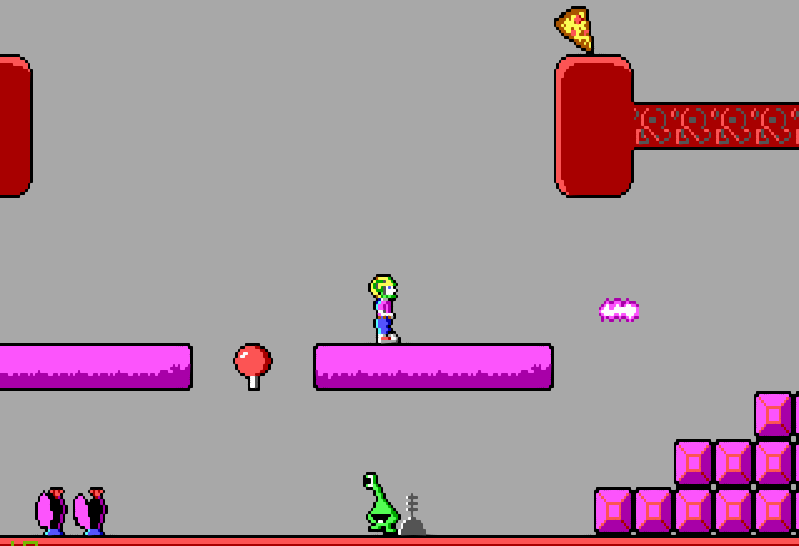
Hovertank 3D / Catacomb 3D / Wolfenstein 3D
In 1991 id released two sudo-3D games titled Hovertank 3D and Catacomb 3D (the third of 6 titles in the series), both built using an extremely primitive version of the engine used to develop Wolfenstein 3D, with Catacomb having the advancement of texture mapping. The games are notable for being some of the very first 3D looking games to hit the market that didn’t render at an incredibly slow speed. They were fast-paced action games that felt good and not like the sluggish tech demos 3D-seeking gamers were stuck with at the time. Wolfenstein 3D was the natural and more well-known progression of these two titles and was the chaotic calm before the storm that would be the release of DOOM just a year later.
Wolfenstein 3D was inspired by the early 80s Castle Wolfenstein titles from Muse Software, whilst enquiring about licensing the name to develop a sequel the team learned that Muse were no more and the trademark had lapsed, so after purchasing the copyright they were free to develop their own sequel with complete Nazi slaughtering creative freedom. Using an enhanced version of the engine used to develop the 3D Hovertank and Catacomb titles, Carmack developed a way to increase the speed and resolution of the game by using ray casting to only render the graphics in the players' line of sight.
Released through Apogee in May 1992, Wolfenstein 3D smashed id’s Commander Keen’s sales record 20 times over and by the end of 1993 had sold over 100,000 copies, just in shareware upgrades. An official expansion ‘Spear of Destiny’ was released in September of that same year and 10 official ports of the game have been released for various old and modern platforms over the years with 10 more unofficial ports in existence. Wolfenstein 3D has received various spin-offs and sequels, including 2001’s Return to Castle Wolfenstein, 2003’s Wolfenstein: Enemy Territory, 2008’s Wolfenstein RPG, 2009’s Wolfenstein, 2014’s Wolfenstein: The New Order, 2015’s Wolfenstein: The Old Blood, 2017’s Wolfenstein II: The New Colossus and 2019’s Wolfenstein: Youngblood and Wolfenstein: Cyberpilot.
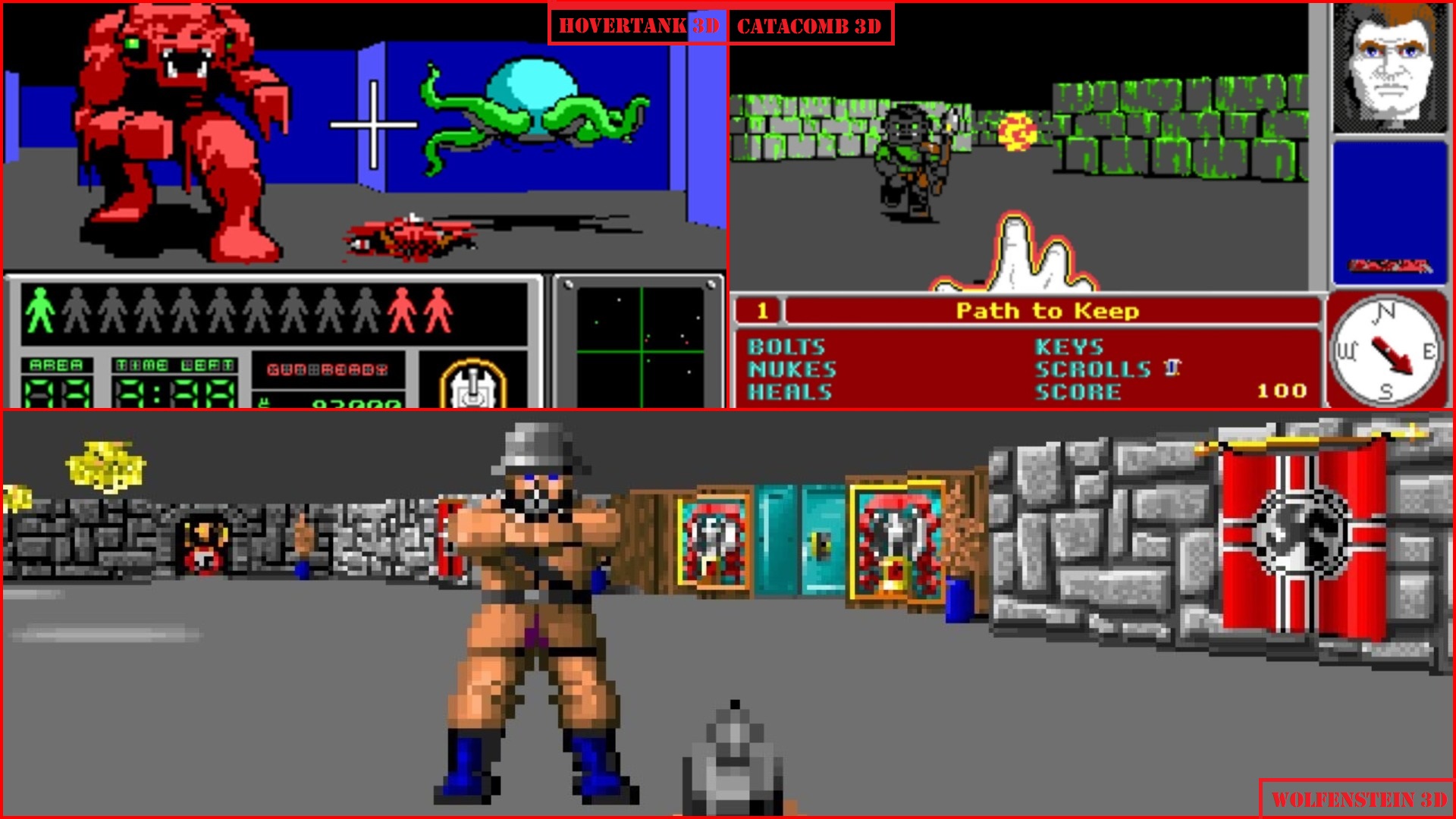
DOOM
After finishing the Spear of Destiny episodes for Wolfenstein 3D, id were largely bored of the style and wanted to do something darker. Negotiations began to base the game on the ‘Alien’ license but these fell through due to conflicts surrounding levels of creative freedom. Instead, the team decided to create their own new IP and take inspiration from Dungeons & Dragons, Evil Dead and Aliens, originally referring to it as “Green and Pissed” but switched to DOOM based on a Tom Cruise line in the movie The Color of Money. DOOM would separate itself from Wolfenstein not just in its more horror influenced style, but with its variation in grounded and airborne enemies, vertical platforms and support for multiplayer deathmatches. The game also had a very heavy metal feel, with music tracks by Bobby Prince that were more than inspired by songs from bands such as Metallica, Slayer, Ozzy Osbourne, AC/DC, Judas Priest, Pantera and Alice in Chains.
Releasing once again via shareware (but this time independently) in 1993, DOOM was a global phenomenon and inspired a generation of gamers. However, those opposed to violence in video games and religious groups blamed the title for mass shootings in America, which alongside titles such as Mortal Kombat and Night Trap forced the formation of the ESRB rating board that we still use today. DOOM had arguably the biggest impact on the industry in gaming history, spawning countless clones and pushing the 3D game movement in all the right directions. More than 10 official ports have been released to classic and modern consoles alike and has been unofficially ported on various systems from calculators to digital fridges. DOOM was followed up in 1994 with its sequel DOOM II, Final DOOM in 1996, DOOM 64 in 1997, DOOM 3 in 2004, mobile games such as 2005’s DOOM RPG and 2009’s DOOM Resurrection and DOOM II RPG, DOOM 3’s remaster “BFG Edition” in 2012, the first reboot simply titled DOOM in 2016, the VR game DOOM VFR in 2017 and lastly DOOM Eternal in 2020.
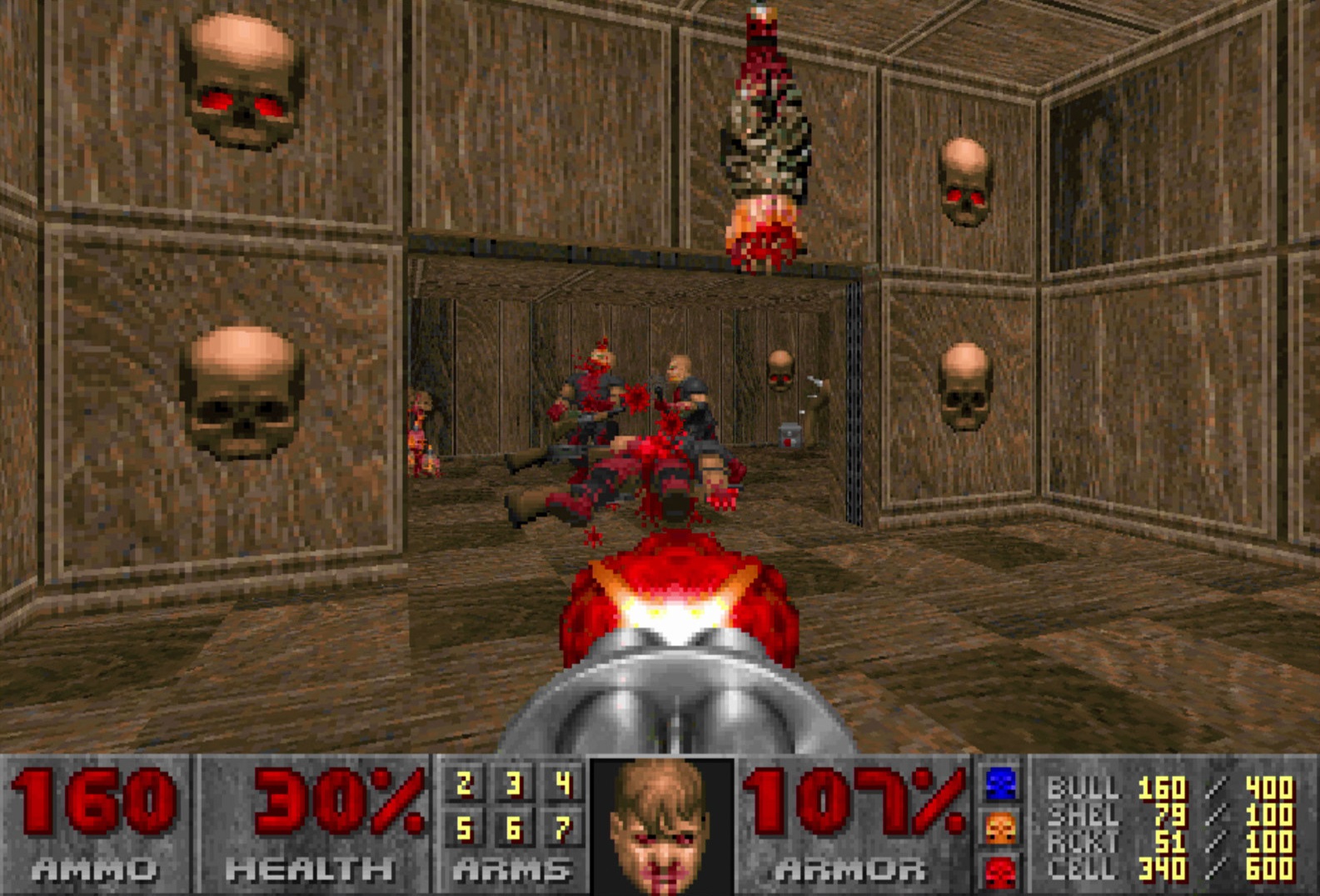
Heretic
Using the engine used to create DOOM, relatively new development studio Raven were working on a new game titled Heretic, produced by id Software’s very own John Romero with id acting as the studio’s publisher. It was among one of the first first-person shooters that allowed vertical looking, unlike the static horizontal looking seen in id’s Wolfenstein and DOOM titles. Heretic was released in 1994 and featured much more of a fantasy theme, more akin to Dungeons & Dragons than Alien. Heretic was successful enough to spawn a direct sequel with Heretic II in 1998 as well as loosely based sequels Hexen: Beyond Heretic in 1995 and Hexen II in 1997.
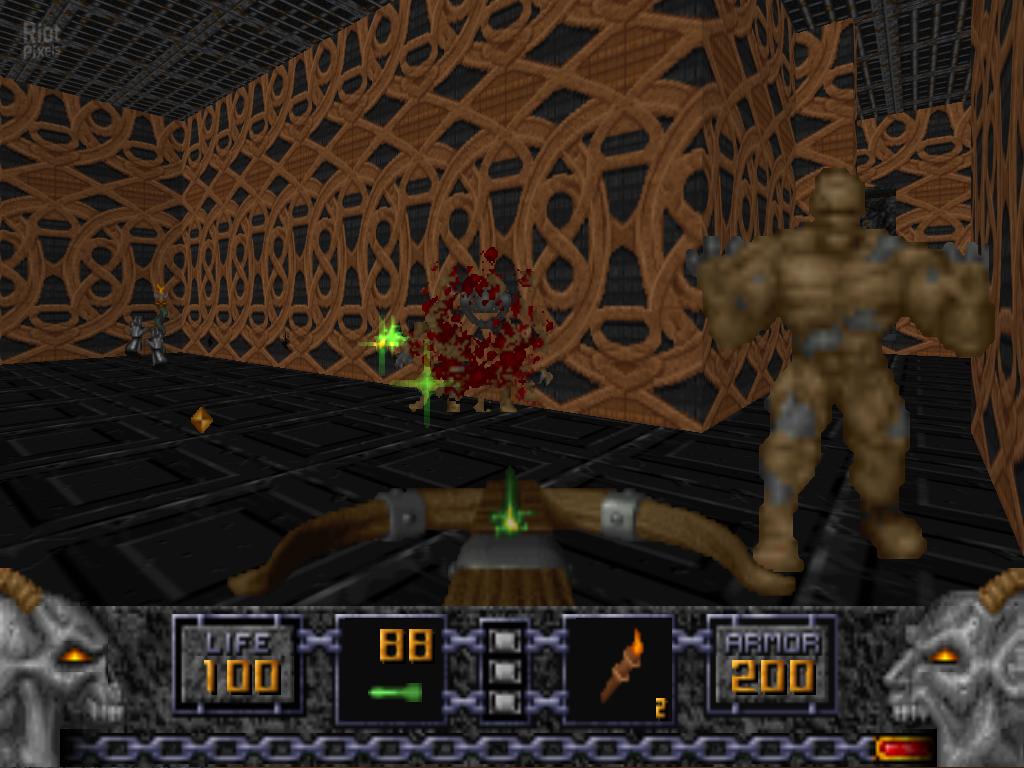
Hexen
Again, developed by Raven, produced by John Romero and published by id Software in 1995, Hexen: Beyond Heretic was an indirect sequel to Heretic, following the same story but set in a different realm. Hexen was arguably the most popular of the 4 titles Raven developed for id Software, selling 1 million copies alongside Heretic, compared to less than 100,000 for both sequels combined. Official ports were released for the PlayStation, Sega Saturn and Nintendo 64, an official expansion titled Deathkings of the Dark Citadel released in 1996, followed by the direct sequel Hexen II in 1997 and the sequel to Heretic in 1998.
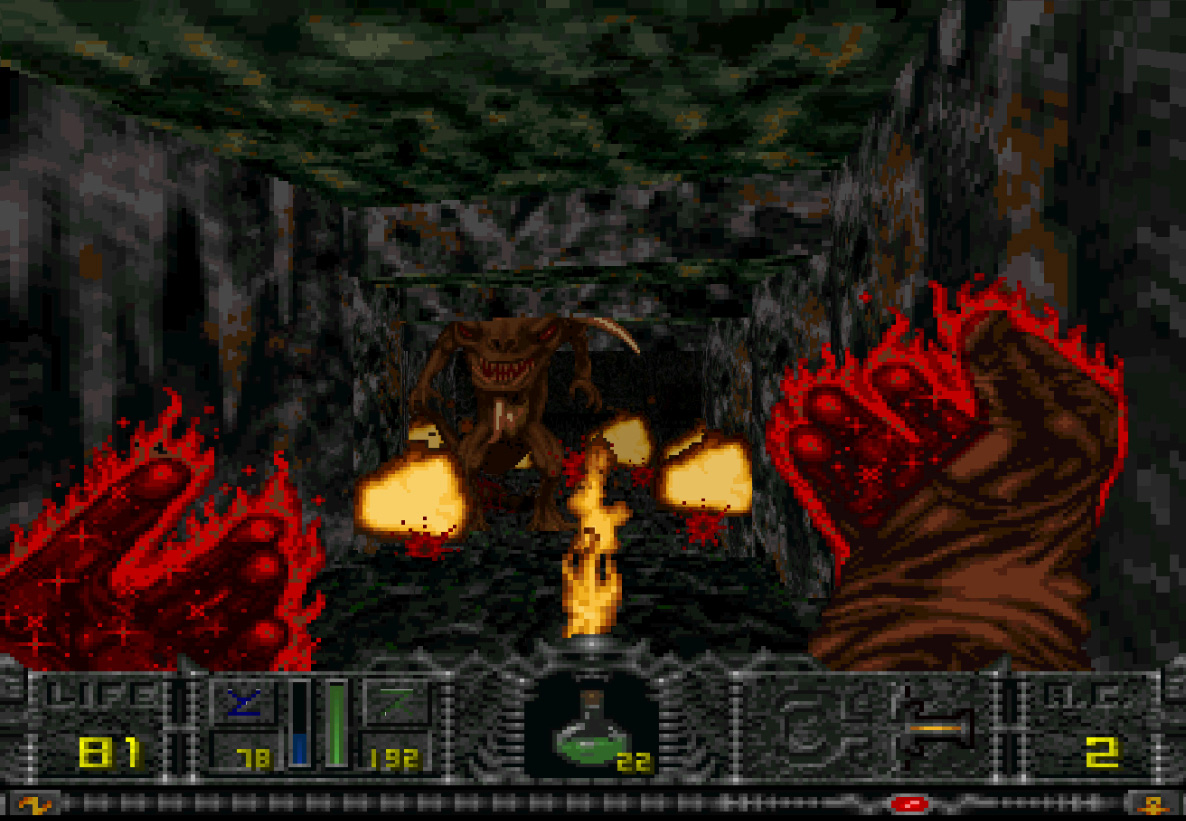
Quake
id Software’s very first title Commander Keen included an advertisement for a game called The Fight for Justice, featuring the main character ‘Quake’, reportedly the “strongest, most dangerous person on the continent”, planned originally as a side-scrolling follow-up Commander Keen. This game obviously never released but parts of its DNA were harvested for what would eventually become the Quake we know and love today. Wolfenstein and DOOM although adult-themed shooters, still had bright and colourful environments and enemies. Quake was designed to have a much more gothic / medieval style, influenced by the work of H.P. Lovecraft with an industrial soundtrack composed by Trent Reznor of Nine Inch Nails.
The original concept for the 3D iteration of Quake was to have it feature third-person combat similar in ways to Virtua Fighter, but the development of this was taking too long and was eventually dropped in favour of a standard first-person shooter, but this time in a truly 3D world with 3D enemies. This internal conflict among other difficulties led to id Software founder John Romero leaving the studio shortly following Quake’s release in 1996. Quake was another huge success, raising the bar for both 3D graphics and online networking. Quake spawned three official expansions with Scourge of Armagon and Dissolution of Eternity in 1997 and Dimension of the Past in 2016. The game was ported to the Sega Saturn and Nintendo 64 and led to sequels in the form of Quake II in 1997, Quake III Arena in 1999, Quake 4 in 2005, Enemy Territory: Quake Wars in 2007, Quake Live in 2010 and Quake Champions in 2018.
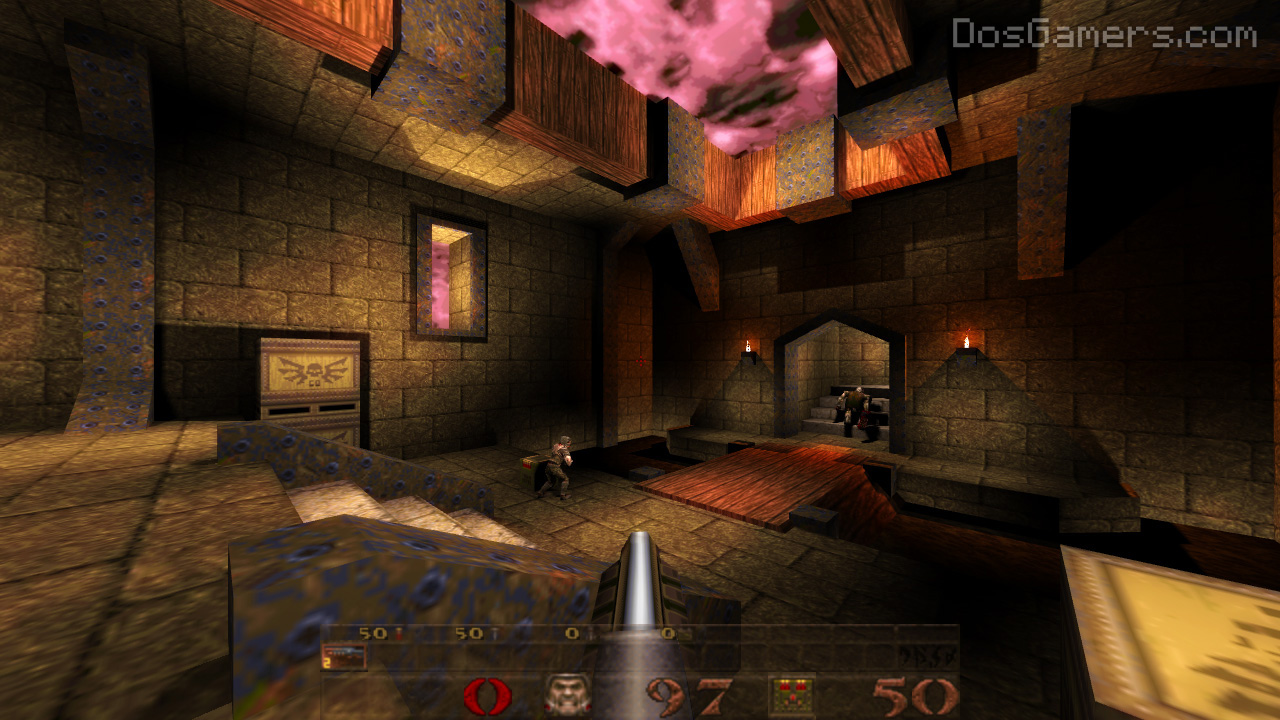
Orcs & Elves
Built with the same engine used to develop DOOM RPG, Orcs & Elves was id Software’s first new intellectual property since Quake 10 years earlier. Co-developed between id and Fountainhead Entertainment, Orcs & Elves is a mobile turn-based dungeon-crawling RPG released in 2006. The game was ported to the Nintendo DS the following year and lead to a sequel Orcs & Elves II in 2008.
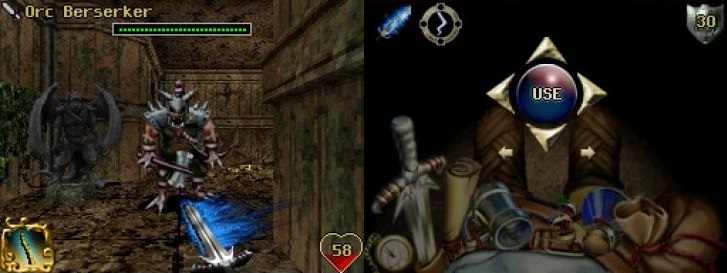
RAGE
After id Software was purchased by ZemiMax Studios (parent company to Bethesda Softworks), John Carmack would work on a final title before leaving id, RAGE can be described as an open-world game with Borderlands gameplay and the style of Mad Max. This was the first time id had attempted a game with such scale, it was rated highly and won multiple awards but sadly came at a time when post-apocalyptic shooters and RPGs were saturating the store shelves. Everything from the open barren landscape, the mutant slaughtering gunplay, the fast and furious racing, even down to the obsessive looting mechanic, had all been done in recent games such as Borderlands, Fallout 3, Bulletstorm and Metro 2033. RAGE is still an impressive game that has aged well and is still fun to play, it released in 2011 on PC, Xbox 360 and Playstation 3. An iOS spinoff titled RAGE: Mutant Bash TV was released the year before and a direct sequel RAGE 2 was released in 2019.
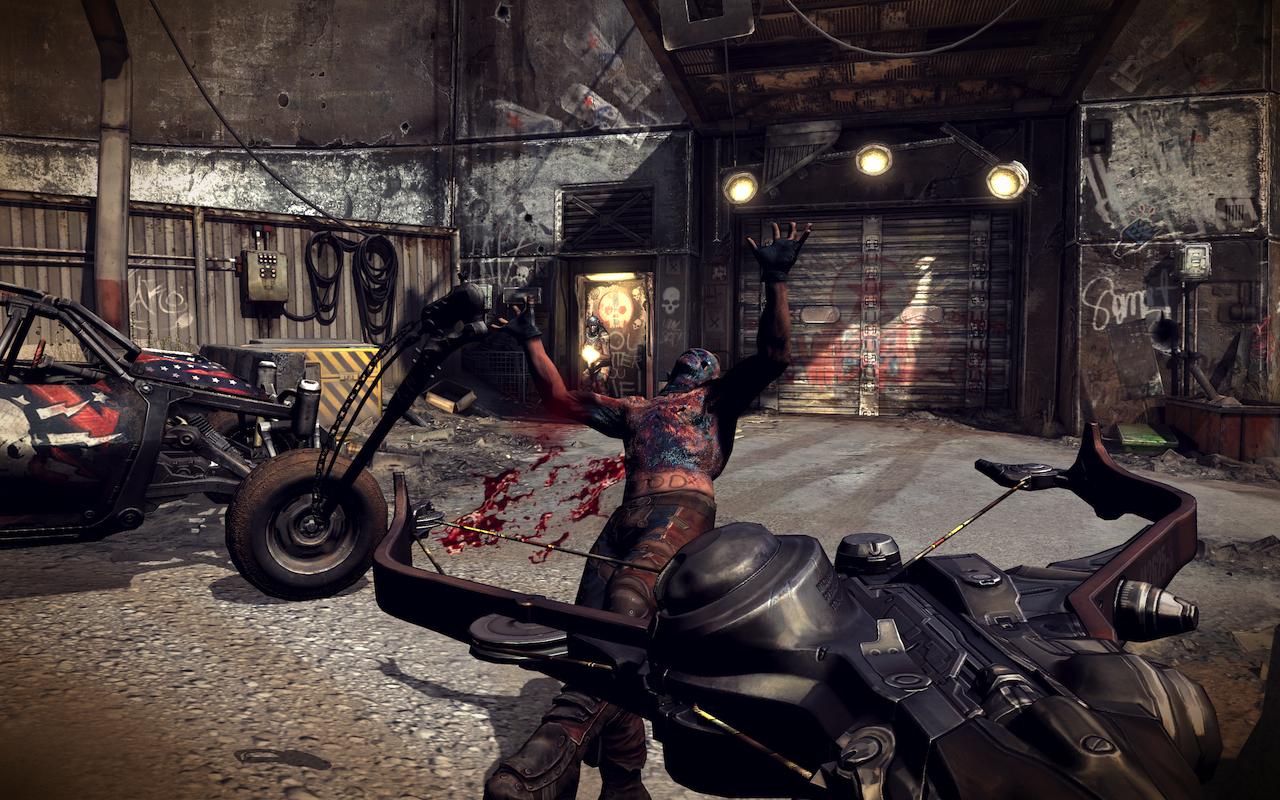
Since John Carmack left id Software in 2013 to join Oculus there have been no games using new IPs (only DOOM, Quake and RAGE titles) and although well-received for the most part, it does feel a little like the studio is resting on their laurels and not trying something entirely new. However, they’re one of a diminishing few development companies founded in the 90’s that are still releasing games today, a whole three decades later. Their impact on the industry can not be understated, they’ve introduced us all to some of the most influential games in history and have pushed computing technology to its absolute limits. There's no saying how different 3D video games would be today if it wasn't for how id Software took it by the horns back in 1991.
What is your favourite id Software game or series and what would you like to see them try next?


